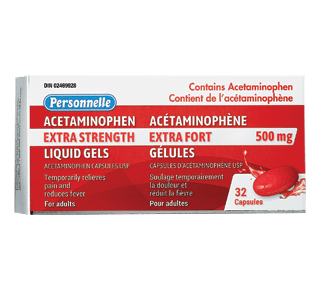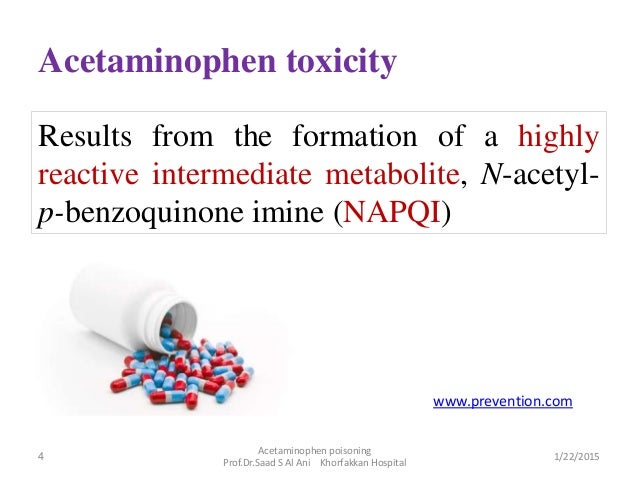


The study mostly covers Ontario, but “this truly was a national issue,” Yarema said. Mark Yarema, medical director of Alberta Health Services’ Poison and Drug Information Service, who was not involved with the research, said the study’s findings track with what he and others across the country observed. He also said these cases are “just the tip of the iceberg”: “We may be missing some of the possible harms, because we only know about the cases where people call.”ĭr. Zipursky said it’s fortunate the data didn’t show a big increase in hospitalizations, and that it points to the importance of Canada’s five poison centres and the role they play in counselling caregivers and health-care providers. Based on the calls they analyzed, 56 children were referred to hospital during the shortage. They found that the proportion of calls referred to hospital stayed the same compared to the pre-shortage period.
Tylenol antidote full#
The team did not have access to the full chart information for each call, but assessed severity by analyzing how many children affected by dosing errors were referred to hospital. Even after adjusting for the season and the very high levels of viruses circulating at the time, the number of calls was significantly above what would be expected, the researchers found. During the shortage, that number more than doubled, to 107 calls monthly calls about kids for all other reasons stayed the same.

Almost 80 per cent of the calls involved children five or younger.īefore the kids’ painkiller shortage, the centre received a median of 44 calls a month for calls of this kind. They excluded intentional overdoses and calls to simply seek advice. The researchers compared calls to the Poison Centre for acetaminophen and ibuprofen dosing errors in children during the 2022 shortage to the 4.5 years prior and the two months immediately afterward. The research team, which includes doctors and scientists from Sinai Health, SickKids, Public Health Ontario and beyond, collected more than five years’ worth of data from the Ontario Poison Centre, which serves 15.6 million people across Ontario, Manitoba and Nunavut, more than 40 per cent of Canada’s population. “And I figured that if we were having a hard time doing this, and my colleagues with young kids were having a hard time doing this, I can only imagine the impact on the greater Canadian population.
Tylenol antidote how to#
“As a clinical pharmacologist and someone who is married to a pediatrician, we had a difficult time trying to figure out how to divide adult doses,” said Zipursky, who practises at Sunnybrook Health Sciences Centre. Jonathan Zipursky, lead author of a new study published in the New England Journal of Medicine on Thursday, said that he and his co-authors decided to look at Poison Centre data during this period for a simple reason: He is also a parent, and his two young children got sick during the shortage, too. Caregivers with nothing left at home were faced with either translating their children’s usual dose to new and unfamiliar formulations, cutting up adult tablets, or forgoing the painkillers entirely.ĭr. Calls to the Ontario Poison Centre for accidental painkiller overdoses in kids more than doubled during last year’s shortage of children’s Tylenol and Advil, a new study shows - an episode that experts say highlights vulnerabilities in Canada’s drug supply, especially for children.īetween August and December 2022, during a surge of viral illness, supplies of children’s pain and fever medications dropped so low across Canada that many parents encountered bare pharmacy shelves.


 0 kommentar(er)
0 kommentar(er)
